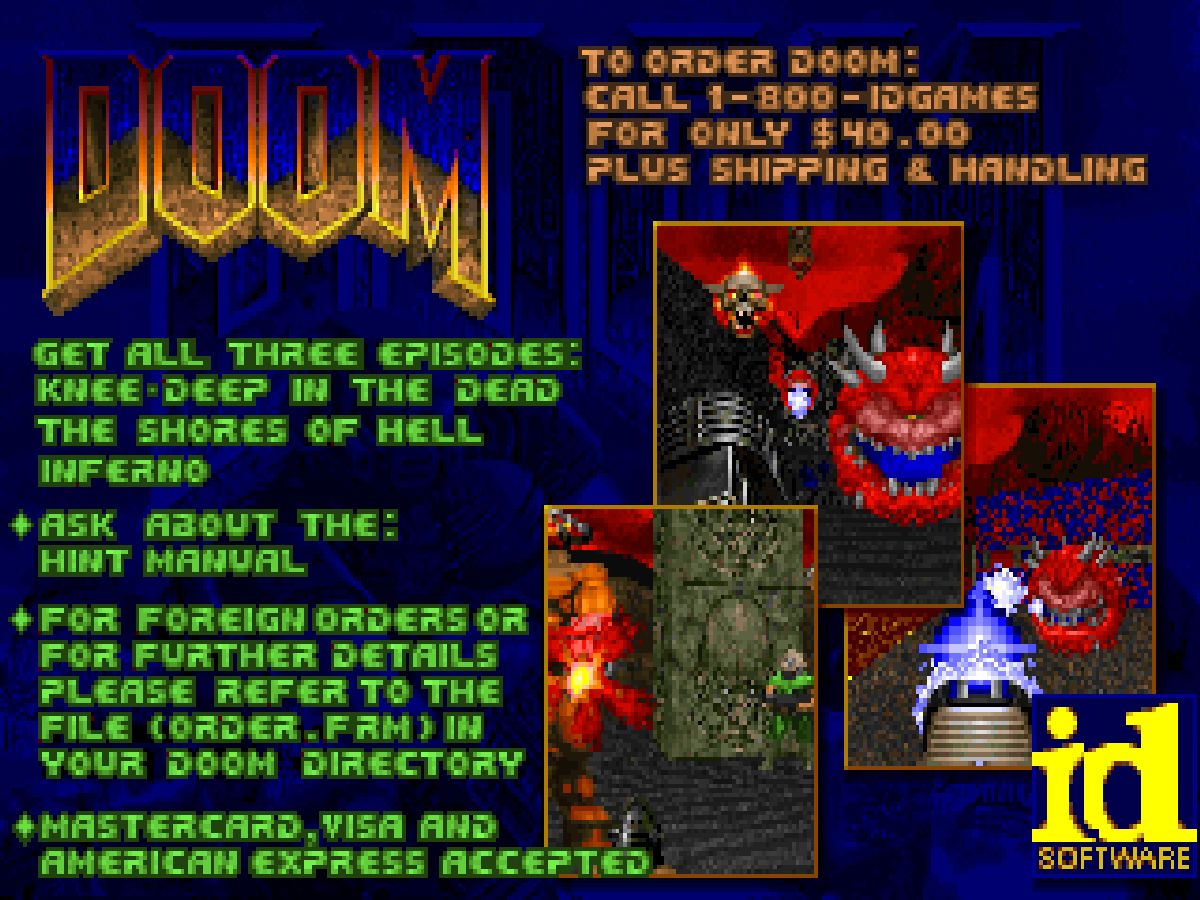There was a time when “Free to Play” meant Farmville and Candy Crush. Annoying timed based game limitations and constant annoying social media requests from “friends” defined the genre in its infancy. But the truth of it is, free to play gaming has blossomed on the PC for hardcore gamers. It’s broken free of the shackles of its casual birth into something that’s very close to a trend that help boom PC gaming in the early 90s - shareware.
In fact, one of the developers who was part of that shareware revolution in the early 90s, John Romero, worked for id software on DOOM. In an interview with Gameindustry.biz he noted how PC and free to play are “decimating consoles.”
"It's a different form of monetization than Doom or Wolfenstein or Quake where that's free-to-play [as shareware]. Our entire first episode was free [for those games] - give us no money, play the whole thing. If you like it and want to play more, then you finally pay us. I didn't cripple the game in any design way. That was a really fair way to market a game When we put these games out on shareware, that changed the whole industry. Before shareware there were no CD-ROMs, there were no demos at all. If you wanted to buy Ultima, Secret of Monkey Island, any of those games, you had to look really hard at that box and decide to spend 50 bucks to get it."
Free to Pay to Play
While free to play games initially felt like nickel and diming, some of managed to break the mold. We’ve seen some really poor attempts though. Games like Combat Arms charged for every gun, bullet and powerup. Star Wars: The Old Republic originally started as a retail game with a subscription, but switched to free to play. The game locked players behind a small level cap - not completely dissimilar to a shareware model. Other extremes come from the myriad of online titles like the famous “Come Play More Lord” game Evony (formerly Civony) which forced players to pump in dollars to speed up production of even the most basic elements of the game. Hiding your core gameplay concepts behind dozens of microtransactions only deters the core playerbase.
This is different from an arcade machine asking for a quarter to continue, you still have full access to the entire arsenal before that quarter, you are only purchasing a life. That said we’ve seen Namco-Bandai and Capcom, both famous for arcade games like Contra, Pac-Man, and others attempt to turn those classic titles into free to play games on tablets, asking for quarters to continue games. Tracking down the detailed financial numbers on these products is difficult, but Capcom attributed almost 62 Million dollars in revenue to their mobile division in 2012 with a 35% profit. That’s a pretty significant chunk of change.
But hardcore gamers don’t respect these methods of monetization. Their habits consume games at a much faster rate and the “nickel and diming” of free to play becomes dollars a lot more quickly. Thankfully, many publishers have caught on and figured out some pretty ingenious ways to build a fully-fledged AAA product that hardcore gamers WANT to give money to.

